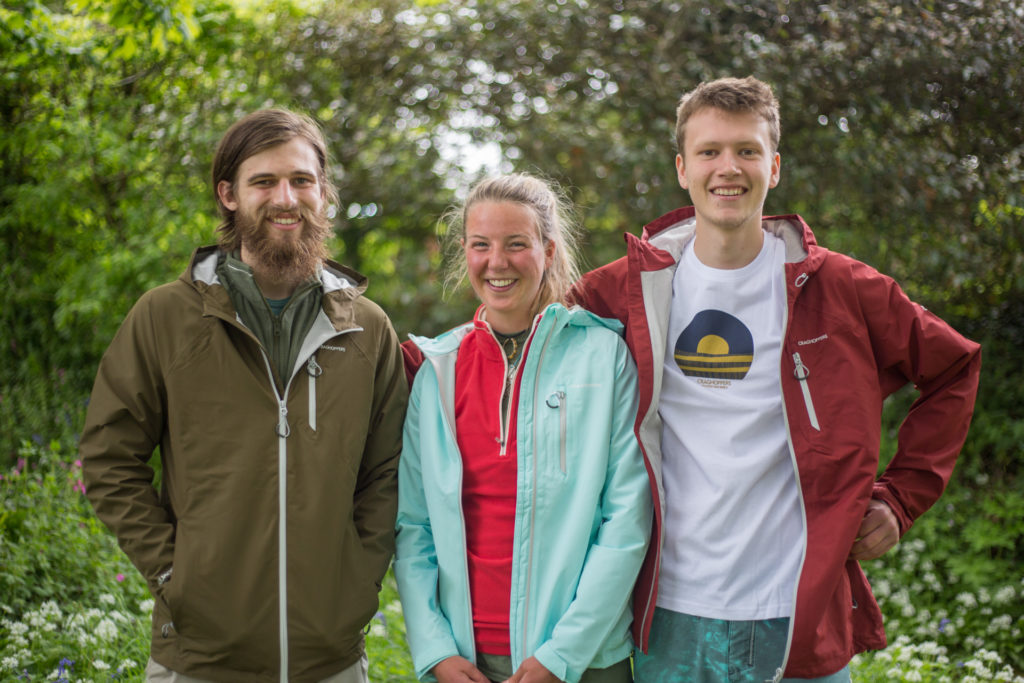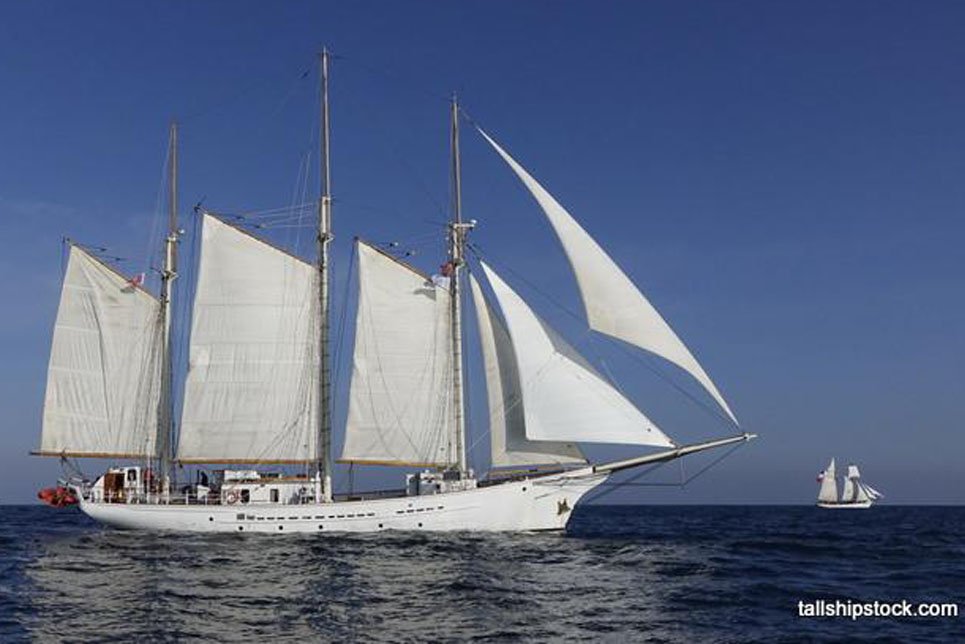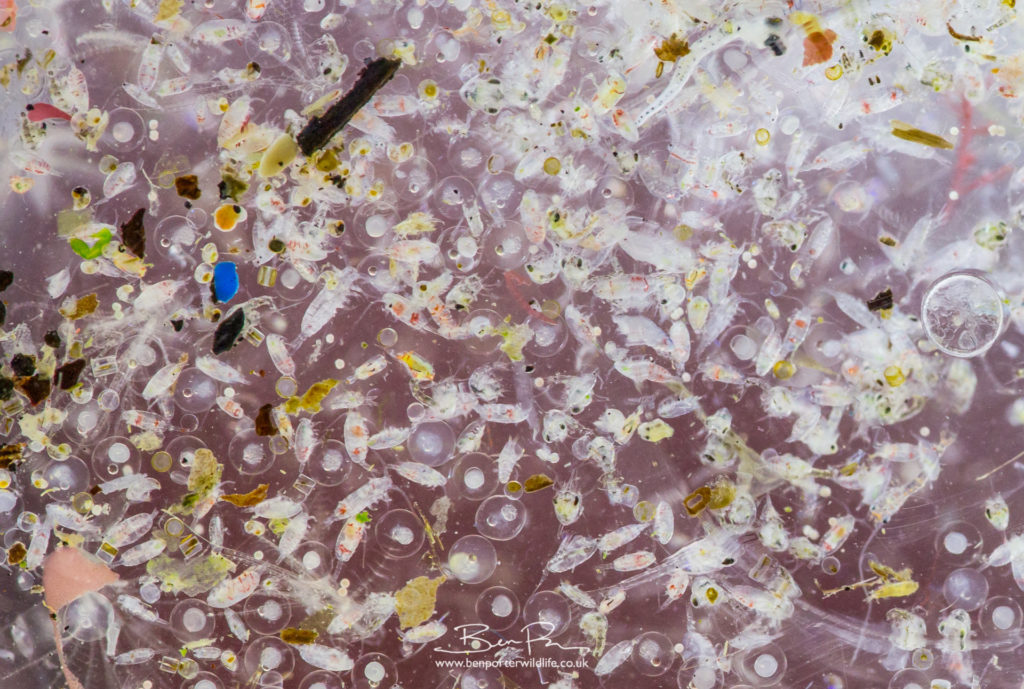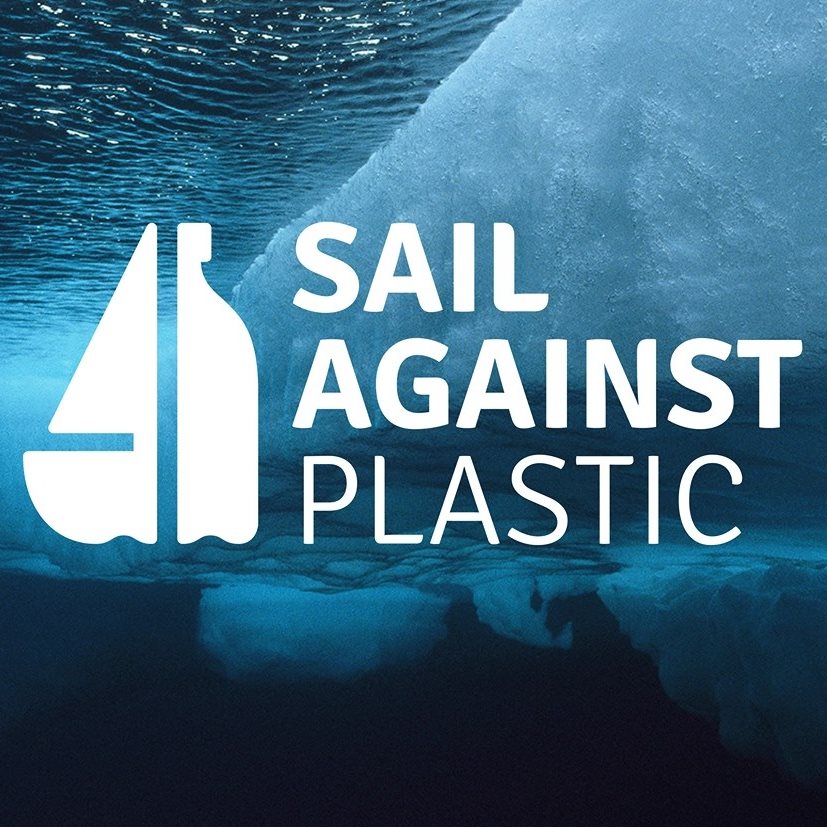The Sail Against Plastic expedition is a 12-day voyage around the icy waters of the Arctic Ocean surrounding Svalbard. Their aim? To make the unseen seen. They will be collecting vital baseline data on the non-visible pollutants that might be lurking beneath the sea’s surface, from microplastics to manmade noise. Through a diverse crew of film-makers, artists, photographers, scientists and sailors, the team hope to increase public awareness of these issues by making their findings educational and engaging, highlighting the actions needed to preserve this spectacular region before it’s too late.
Key objectives of the trip
- To unite sailors, scientists, artists, filmmakers, adventurers, biologists and researchers to make the unseen seen, and reveal the invisible pollution threatening are remarkable marine environment
- To collect data on microplastics and manmade noise which will be added to a global research database, which in turn will go towards informing policies and instigating change.
- To engage with the public. From the local community in Svalbard to students back on our university campus in Cornwall, the team hope that their findings will educate and inspire others to make changes to their everyday lives and result in a cleaner, healthier environment.

A bit of background
The threats mounting against the World’s oceans are huge: from patches of fragmented plastic the size of small countries, to rising sea temperatures bleaching entire reef systems in a matter of years. Without immediate action at an individual and global level, we risk losing a world of immense complexity and beauty, and one which we’re only just beginning to understand.
Pollution is a major player amongst the myriad of threats our oceans face: plastics, toxic chemicals, manmade noise and countless others. These all present an acute threat to living organisms, whether that be through entanglement and ingestion of discarded waste, through to the disruption of communication in animals like dolphins and whales caused by an increasingly noisy underwater environment.
The problem is that a lot of these pollutants aren’t particularly obvious to us, even though their effects on the marine world can be disastrous. Only 1% of plastics actually end up on the ocean surface, for example. We still don’t know exactly where the other 99% goes, although much of it ends up breaking down into tiny fragments called ‘microplastics’ that settle on the sea floor, in the water column, in sea creatures or on our beaches. Such fragments have been found in the deepest and furthest-flung corners of our oceans: recent studies have discovered even the Arctic sea ice is becoming a sink for these microplastics, with 12,000 fragments in a mere litre of ice.
The effects of this ‘non-visible’ pollution on marine life, as well as its concentration and distribution, presents a major gap in our scientific knowledge. This is especially true in remote regions such as the Arctic ocean, where the focus of most research is primarily on the impacts of Climate Change – no less urgent or impactful on the ecosystems here. And that’s where we hope to come in: our aim is to investigate and unveil the exact nature of these ‘invisible’ pollutants in the Arctic ocean, whilst communicating our findings to the public and giving compelling evidence to act.

The Expedition
The team will set sail aboard the wind-powered tallship TS Blue Clipper from Longyearbyen, Svalbard on the 23rd June 2018. From there they will embark on a series of transects across the Barents Sea to the south-west of the archipelago, using manta trawls, drop-net sampling and acoustic hydrophones to gather data on microplastics and noise pollution in this remote area. They’ll also document their activities through a talented team of artists and photographers, broadcasting video blogs and live updates of the trip along the way.
The expedition will draw to a close (providing they’re not whisked away by ferocious Arctic winds!) on 5th July, and the team will then spend a week in Svalbard itself: meeting members of the local community to hear their thoughts on these global issues, presenting their findings to the inhabitants, and helping out with some of the brilliant beach clean initiatives already underway there.

Whilst their data collection will finish as the team depart Svalbard, a large portion of the work will only just have begun! Back in Cornwall, several members of the Sail Against Plastic team will set about analysing the data, while others will focus on public engagement by editing the film footage, organising events, visiting schools and communicating our results to the wider world.
So far, the team have already engaged with school children about the impacts of single-use plastics, surveyed locally for microplastics here along the Cornish coast, hosted beach cleans and engaging film screenings, and have run a variety of fund-raising events including their ‘Ceilidh Against Plastic’ and ‘Gig Against Plastic’! All these events have enabled the team to engage with the public about the issues of single-use plastics and how areas which seem pristine and untouched can be tainted by our actions here in the UK.
Sail Against Plastic want to be part of the solution and help communities to come together to be innovative and forward-thinking to stem the plastic tide. Through forming strong links with organisations, schools and individuals at a local and global level, they hope this expedition will be highly collaborative and have a meaningful impact which goes above and beyond publishing scientific papers.
You can find out more about the Sail Against Plastic Expedition by visiting their website (www.sailagainstplastic.com), and don’t hesitate to get in touch with the team via email if you have any questions about their trip: sailagainstplastic@gmail.com
